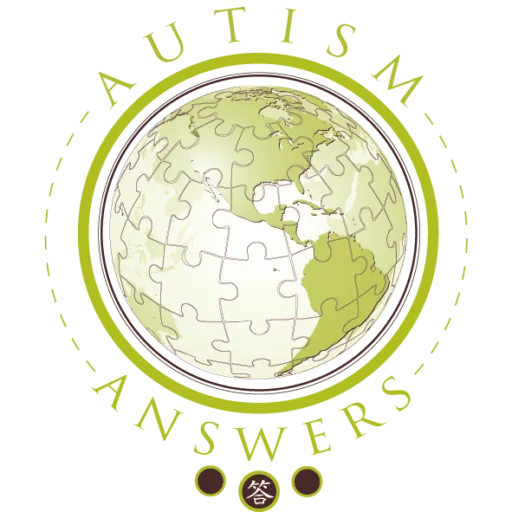AUTISM ANSWERS
Diagnostic & Statistical Manual
of Mental Disorders
DIAGNOSTIC AND STATISTICAL MANUAL OF MENTAL DISORDERS (DSM)
What is the DSM 5?
The ‘Diagnostic and Statistical Manual of Mental Disorders’ (DSM) is the handbook widely used by clinicians and psychiatrists in the United States to diagnose psychiatric illnesses.
Published by the American Psychiatric Association (APA), the DSM covers all categories of mental health disorders for both adults and children.
It contains descriptions, symptoms, and other criteria necessary for diagnosing mental health disorders. It also contains statistics concerning which gender is most affected by the illness, the typical age of onset, the effects of treatment, and common treatment approaches.
Just as with medical conditions, the government and many insurance carriers require a specific diagnosis in order to approve payment for treatment of mental health conditions. Therefore, in addition to being used for psychiatric diagnosis and treatment recommendations, mental health professionals also use the DSM to classify patients for billing purposes.
Addressing Cultural Bias & Disparities
In 2001, the Surgeon General of the United States presented a report on the mental health status of racial/ethnic minorities.
The report summarized several key findings: the mental health needs of people of color continue to be unmet, there is a strong need to understand both cultural and sociopolitical factors affecting the life experience of these groups, and cultural competence in the delivery of services is absolutely essential to the psychological and physical well-being of persons of color.
Individual and institutional racism continue to affect the quality of life for people of color; in the mental health fields, this is often reflected in stressors that lead to emotional problems, such as anxiety and depressive disorders, and physical health problems.
Because of racism, the health status for persons of color reveals disturbing disparities related to life span, death rates, and susceptibility to illness.
Racial/ethnic minority groups have less access to health care, the nature of services is woefully inadequate, they are more likely to be medically uninsured, and the services provided are often inferior and more likely to result in the death of racial/ethnic minority clients. Traditional mental health care is often inappropriate and antagonistic to the cultural values and life experiences of populations of color. Rather than feeling that they have been provided benefits, clients often feel invalidated, abused, misunderstood, and oppressed by their providers.

How Does the DSM-5 help?

The first step in treating any health condition physical or mental is seeking a diagnosis from a licensed medical professional. This is where the DSM-5 becomes relevant to families. The DSM 5 provides clear, highly detailed definitions of mental health and brain-related conditions. It also provides details and examples of the signs and symptoms of those conditions.
In addition to defining and explaining conditions, the DSM-5 organizes those conditions into groups. That makes it easier for healthcare providers to accurately diagnose conditions and tell them apart from conditions with similar signs and symptoms.

